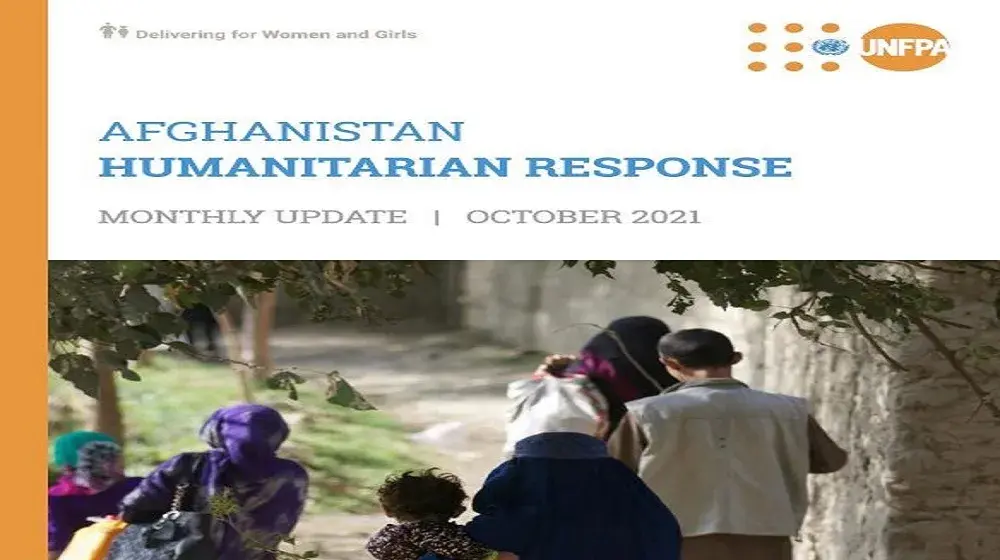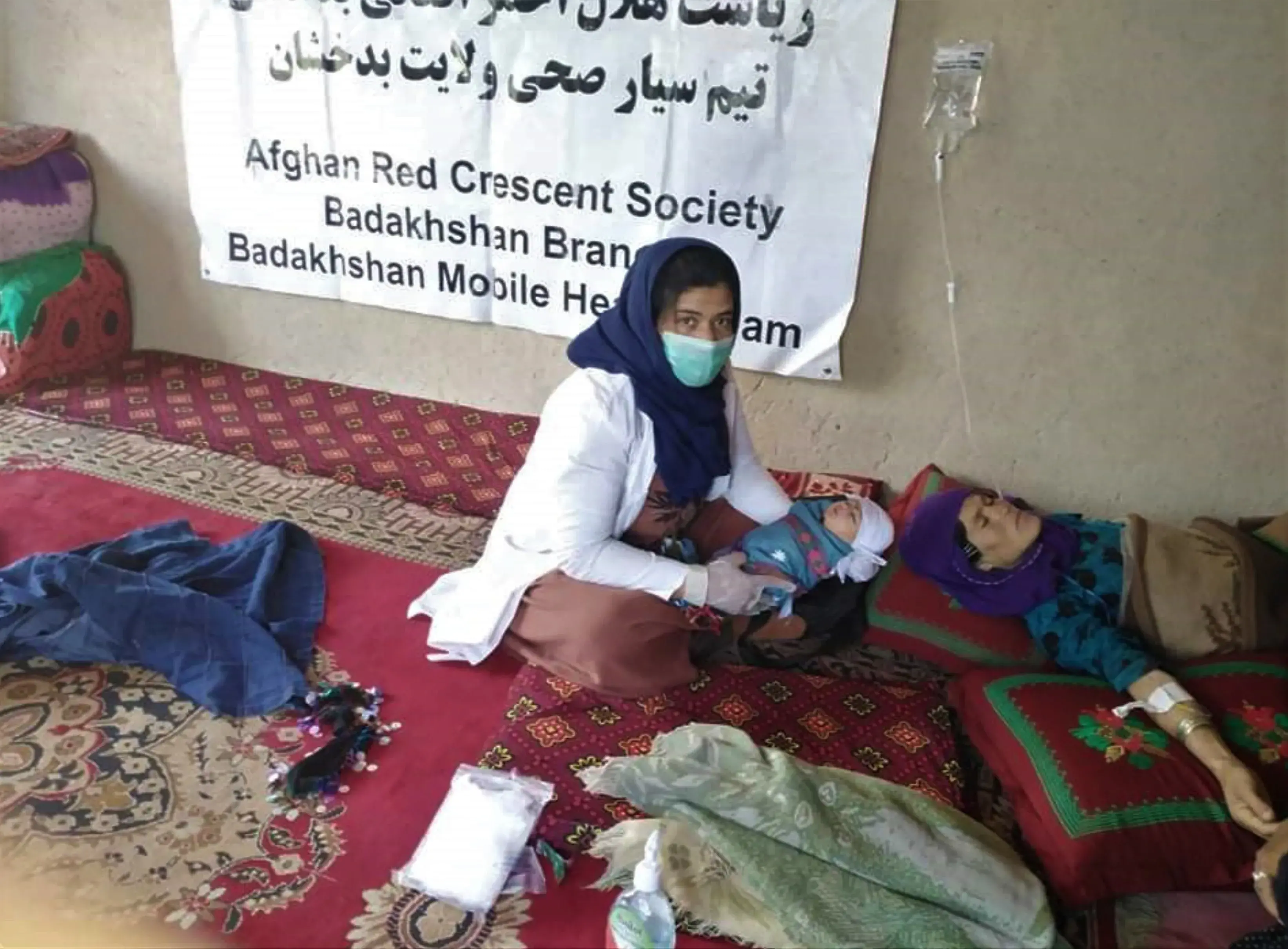The Ministry of Economy together with UNFPA, the United Nations Population Fund launched the State of World Population 2015 report, today December 20, 2015 at the GMIC. The global report looks at the needs of women and girls during humanitarian emergencies following a natural disaster or conflict, while highlighting these situations in Afghanistan.
This new report, entitled "Shelter from the Storm" was launched by His Excellency the Minister of Economy Abdul Satar Murad, in attendance of representatives of civil society, donors and UN agencies.
The State of World Population 2015 shows that of the 100 million people in need of humanitarian assistance around the world today, about 26 million are women and adolescent girls in their childbearing years. Satar Murad, in attendance of representatives of civil society, donors and UN agencies.
In Afghanistan, over half a million people are affected by natural disasters, and more than 140,000 were newly internally displaced in 2015. The profound humanitarian crisis resulting from the longstanding armed conflict, devastating natural disasters, and massive population migration, makes this report very relevant and timely for Afghanistan.
In provinces like Nangahar and Faryab, natural disasters affected the most number of people, destroying or damaging over 20,000 houses in 2014 alone. The conflict in Kundz, for instance, displaced over 13,000 families, between September and October 2015, with nearly 900 civilian casualties, 122 of them being women.
During such natural disasters and conflict, the health needs of women and adolescents are too often neglected. Survival of women and girls during displacement as a result of a crisis often depends on access to basic sexual and reproductive health services like midwifery care during pregnancy, delivery and post natal care, says the 2015 State of World Population report.
"The business-as-usual approach to humanitarian assistance will leave too many behind at a time when needs are so great. Much more needs to be done to help the most vulnerable, especially women and adolescent girls in crisis," said H.E Abdul Satar Murad, the Minister Economy.
"The health and rights of women and adolescents should not be treated like an afterthought in humanitarian response. For the pregnant woman who is about to deliver or the adolescent girl who survived sexual violence, life-saving services are as vital as water, food and shelter," states UNFPA Deputy Representative for Afghanistan, Dr. Wilfred Ochan.
Protecting the health and rights of women and adolescents is not only critical but can also accelerate recovery from crises, the UNFPA report shows. A better, stronger and more resilient shelter is needed to help them weather the storms that endanger their health, rights and futures.
Today 7.4 million Afghans are in need of humanitarian assistance, 3.4 million of them requiring critical lifesaving interventions. Yet only US dollars 26.3 million was made available for health and protection cluster programmes of humanitarian assistance in 2015, falling short of US dollars 79 million that was requested.





